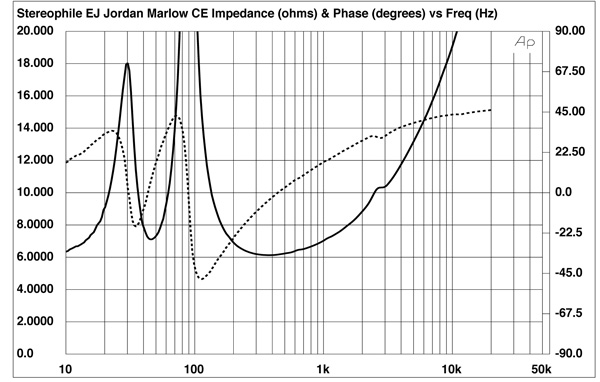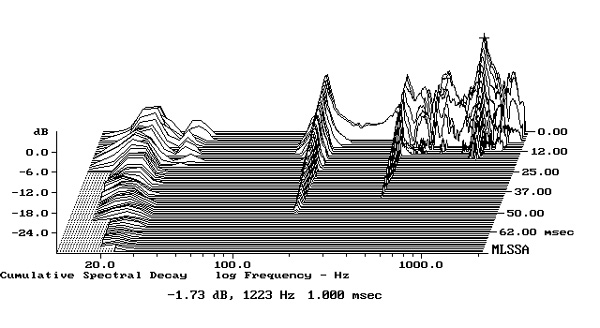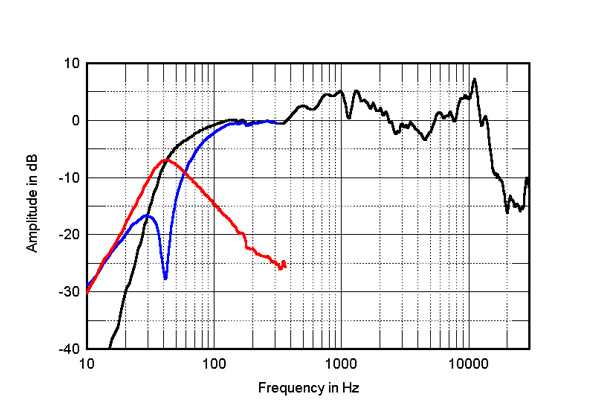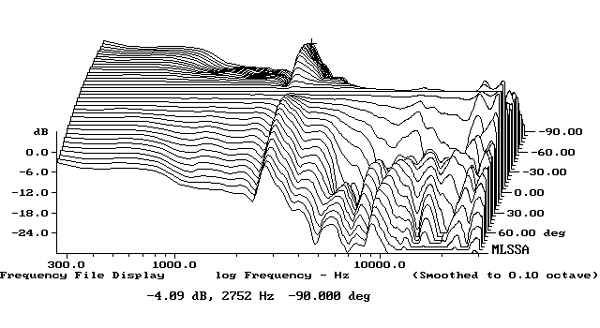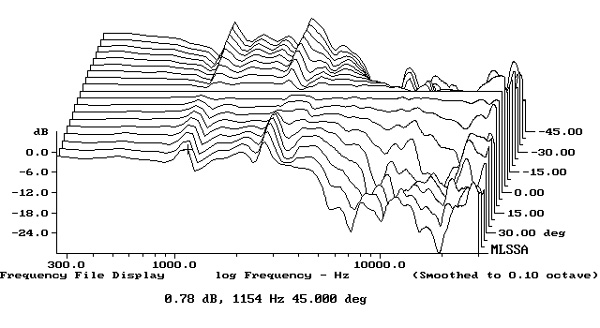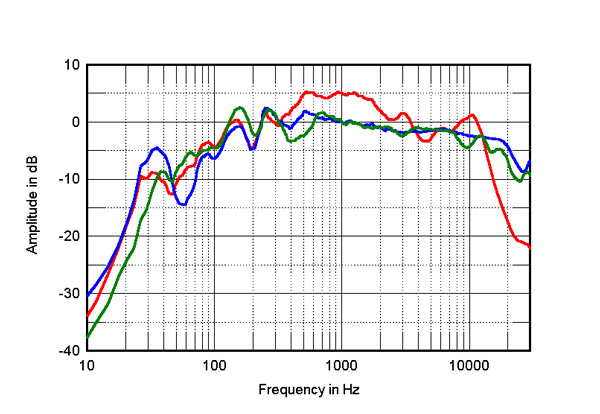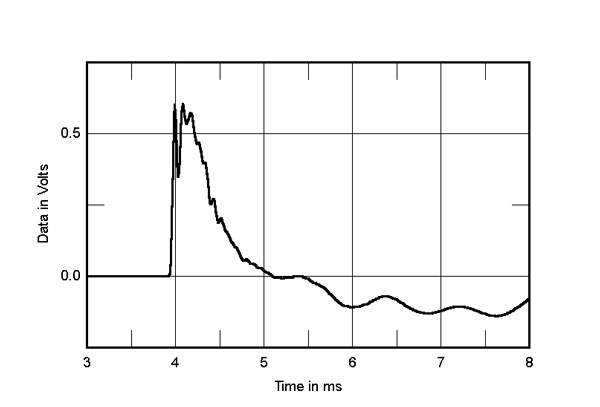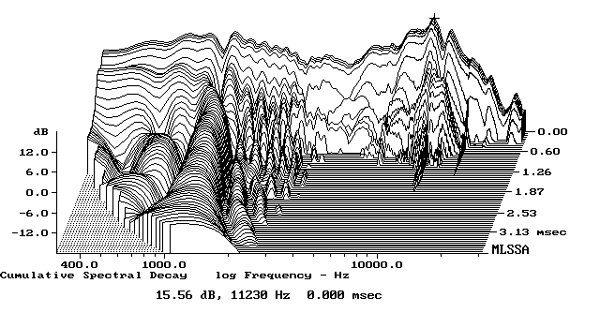| Columns Retired Columns & Blogs |
That EJ is rather insensitive compared to other speakers based on full-range drivers that I’ve seen. Because it’s tuned for higher excursion to coax more bass out of a 4” driver?
I still would like to hear your take on high-efficiency full-range drivers mated to the Elekit and (borrowed from Steve G?) Decware.
